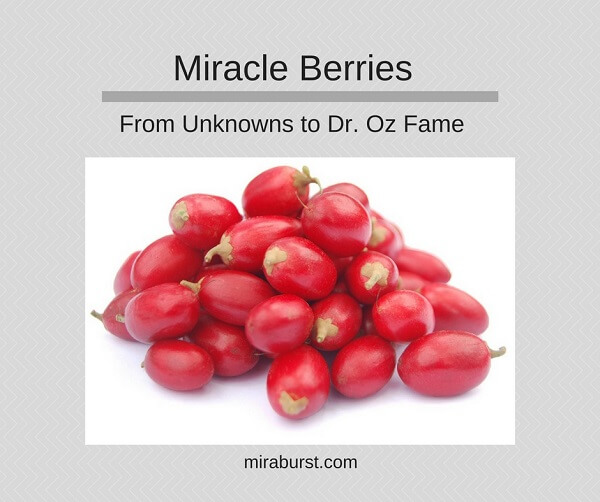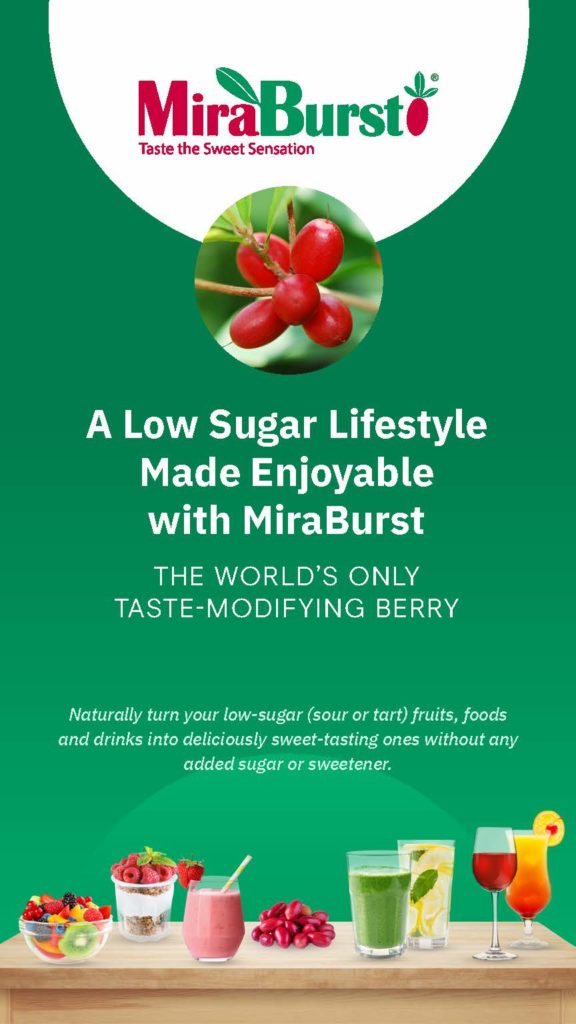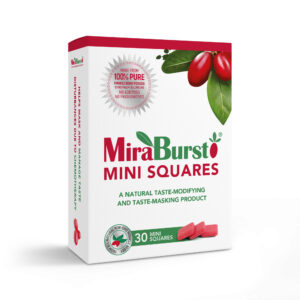Miracle Berries: From Unknowns to Dr. Oz Fame

Google Trends offers a lot of insightful data about the popularity of subjects being searched online over time. In the case of miracle berries, Trends shows a marked increase in interest starting in 2007, followed by a big boost in 2011. But before that, there was little interest shown in search for miracle berries, or miracle fruit as they are also called. Is it because miracle berries are some newly-founded bio-tech development? Did some researchers in a laboratory discover something about them in the mid-2000s that increased their public profile? No and no. Miracle berries are in fact ancient and their benefits have been known for some time.
The Miracle Berry Timeline
The use of miracle berries to sweeten sour foods stretches back centuries in the berry’s native West Africa. The tribes living there discovered long ago that eating the berry before sour foods naturally transformed that taste of the foods to sweet and it was adopted into their diets. Contact with European explorers, particularly the French explorer and cartographer Reynaud des Marchais, further expanded the miracle berries reputation as a taste modifier.
It wasn’t until the 1970s, however, that an effort was made to expand the application of miracle berries outside of Africa for the world to enjoy. The increasing consumption of sugar in Western diets, and its associated health risks, prompted people to look for alternative sweeteners. These mostly took the form of laboratory-created sugar substitutes, but health-conscious individuals tried to find a way to use the all-natural miracle berry as an ingredient in foods to sweeten the taste of the food. Unfortunately, the U.S. Food and Drug Administration (USFDA) chose to classify miracle berries as “food additives,” which would require years of testing to determine if it was safe to bring to the market as an ingredient.
Interest in the berries lay dormant for about 30 years until the increasing crisis of obesity in Western countries prompted people to give the berries another look. They could not be added to foods per the USFDA’s ruling, but they could be safely eaten on their own, just as they had been in Western Africa for centuries. Endorsements from popular health professionals, like Dr. Oz (who featured miracle berries on his show in 2011), spurred an interest in the berries, as evidenced by their increased popularity in searches conducted on Google to today.
Can you enjoy the taste and health benefits of the miracle berries Dr. Oz featured on his show? Absolutely! MiraBurst Miracle Berry Tablets feature the same taste-altering properties as fresh miracle berries, but in a convenient, non-perishable form. Use our tablets to sweeten the tastes of citrus fruit and juices, apples, pineapples, sour cream, strawberries, yogurt, vinegar, and more without sprinkling on the sugar. They can also be used to round out and improve the flavors of inexpensive red wines, making them taste like robust, expensive brands. Order miracle berry tablets today and let us know about your experience flavor-tripping!

